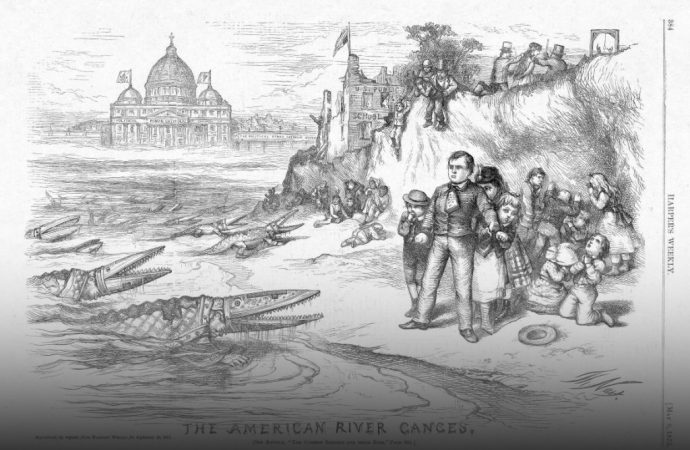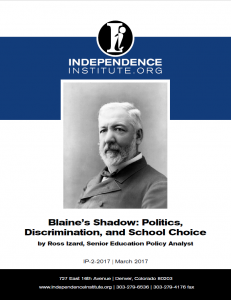More than three dozen states have some type of Blaine clause in their state constitutions. These problematic clauses prohibit government aid to “sectarian” institutions. Though this language has been euphemized to stand for the “separation of church and state,” such an outlook misinterprets the religious protections outlined in the First Amendment of the United States Constitution and ignores the complex, often ugly history of attempts to curb sectarianism in American schools. To fully understand Blaine clauses, one must consider them in the context of their historical origins—both nationally and in Colorado specifically.
Though many consider the introduction of Blaine’s amendment to be the genesis of the conversation about sectarian influences in schools, it was not. Rather, the amendment represented the political marriage of longstanding concerns about sectarianism in the emerging school system, the interweaving of those concerns with a rising tide of anti-Catholic and anti-immigrant sentiment, and the political ambition of James G. Blaine and the early Republican Party.
Blaine’s Shadow draws from a variety of historical and legal sources to lead readers on a detailed tour of the history of these clauses up to and including the introduction of Congressman James G. Blaine’s titular amendment and the near-simultaneous adoption of Colorado’s own Blaine clause. In the process, it sheds light on one of the most critical—and least understood—aspects of the modern debate over educational choice in America.









